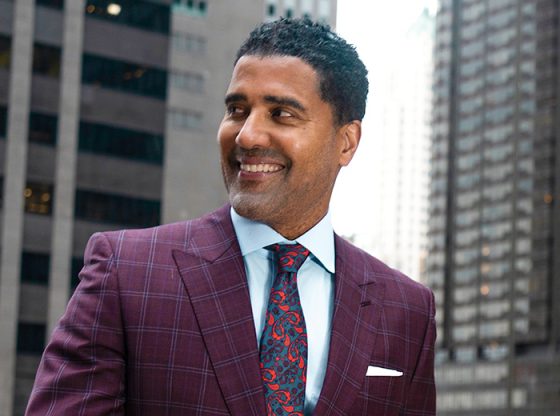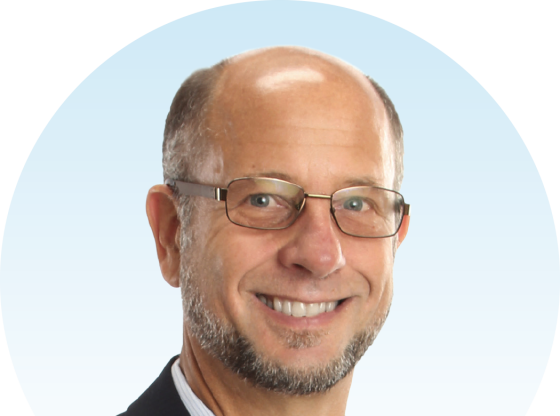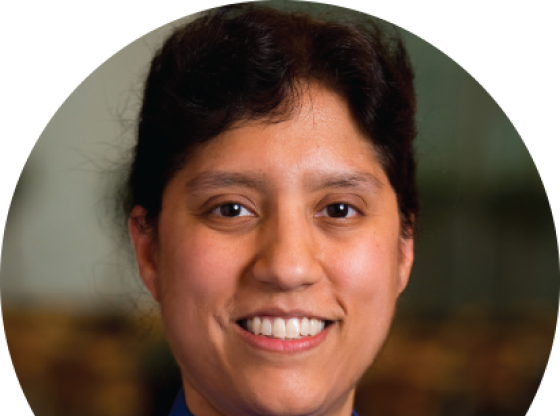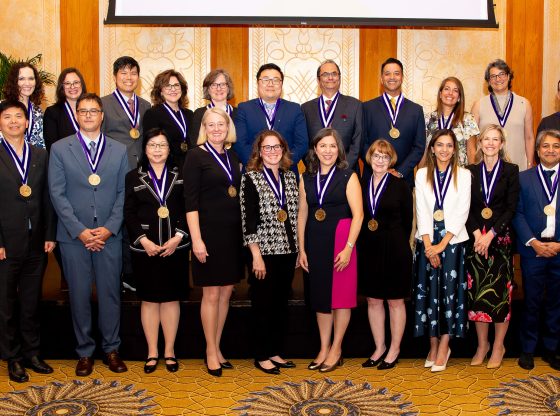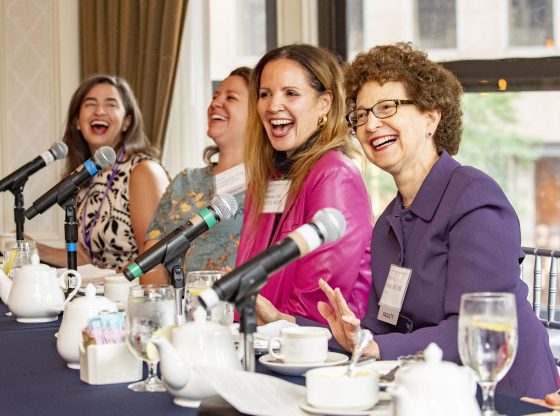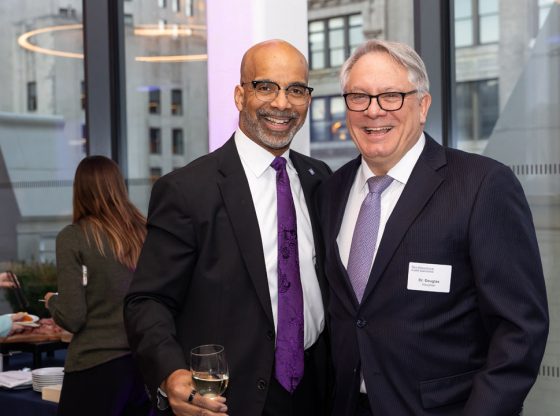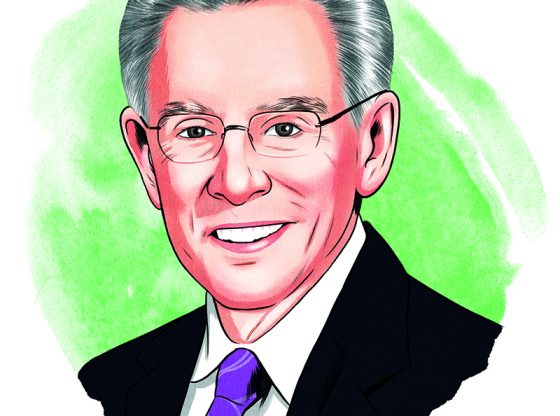Overcoming the Pebbles
A letter from the Medical Alumni Association Board (MAAB) president
by Edward S. Kim, ’92 BS, ’96 MD (HPME)
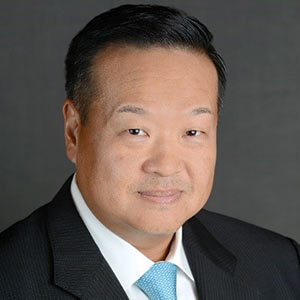
“It isn’t the mountains ahead to climb that wear you out; it’s the pebble in your shoe.” These words by Muhammad Ali have resonated with me throughout my career. For me, they express the importance of defining what the goal or “mountain” is and, equally important, identifying the “pebble,” or reason why we don’t achieve it. Understanding why we don’t follow through — why we don’t scale the mountain — helps us learn.
As an oncologist, I have spent over 20 years conducting clinical trials for patients in the hopes of helping treat or prevent cancer. The mountain is increasing the number of effective treatments that will extend life or lead to a cure. Completing enrollment to clinical trials will speed drug development and lead to answers. So why has this been so slow? Identifying the pebbles is important.
One of the biggest challenges for clinical trials has been accruing patients. This doesn’t appear to make much sense, as there are many patients affected by cancer and not enough clinical trials to adequately enroll them. As of now, 5 to 8 percent of patients will be eligible for a clinical trial. Many reasons are offered to account for poor trial accrual, including the number of studies (too low-need to open more) or access (people in rural areas are too far away from large academic centers). However, in my opinion, the pebble is clinical trial eligibility criteria.
When reading a clinical trial protocol, the median number of eligibility criteria is more than 30. This means that a patient needs to qualify for each one of these criteria in order to enroll in a study. The advantage of having a more homogenous study population is to reduce the number of variables between subjects, so that one can adequately conclude that a given experimental treatment indeed demonstrates a benefit or lack of benefit. A more heterogeneous population could blur the study conclusions.
I believe clinical studies should enroll patients who are representative of the population. Working through the American Society of Clinical Oncology and Friends of Cancer Research, we have published a series of manuscripts outlining changes to eligibility criteria that follow the science and rationale of a study, without interfering with potential results.
Time and time again throughout history, the biggest successes are achieved when we work with our allies.
When we started this project, many pebbles were brought to our attention and many we experienced first-hand. With the mountain identified as speeding clinical trial completion through enrollment, identifying the correct pebbles allowed us to focus. Many investigators (including myself) have complained about the complexity and number of eligibility criteria and their downstream consequences: more paperwork, more personnel needed, more time, slower accrual, patients not being screened due to most not being eligible. The recommendations we published have led to progress. In 2019, the National Cancer Institute changed the protocol template to reduce the number of eligibility criteria and the FDA issued inclusivity guidance documents. Research needs to be more inclusive; this will lead to fewer pebbles and more results — which may indeed accelerate important treatments for patients.
A recent example is our COVID-19 vaccines. These drugs went from laboratory to clinical trials incredibly quickly. Enrollment was brisk, and we now have several vaccines available. However, there was delay in reporting safety for those age 12–15 years as well as people who had cancer. These groups were excluded from the initial studies, and it is unclear why. One will always cite safety, but these groups will routinely get influenza vaccines. Eligibility criteria excluded these groups, perhaps based on an excess of caution.
Just as inclusivity is critical in clinical trial research, it is essential for our medical community to embrace the principle of inclusion as a foundational element. The medical alumni association has created the Inclusion and Allyship committee, whose mission it is to unite and support the alumni community and current students at Northwestern University Feinberg School of Medicine “who represent diverse experiences of ethnicity, gender, sexual orientation, religion, age, socioeconomic status, and/or physical ability.” This work cannot be accomplished unless we rely on and get help from one another. Time and time again throughout history, the biggest successes are achieved when we work with our allies. Showing support and extending your hand as an ally to people of all backgrounds and lifestyles can lead to even greater potential.
I would ask that we all keep aiming for the mountain, but be mindful of pebbles, and not let them stop us from achieving our goals.

